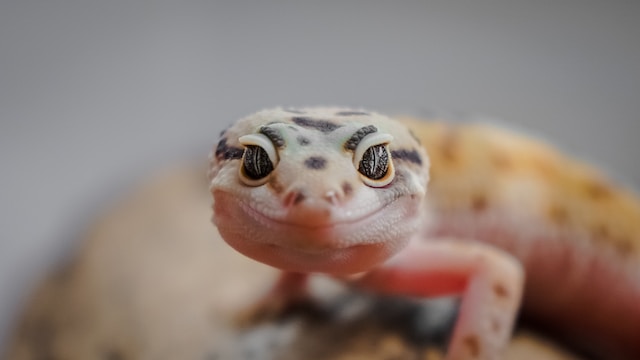Introduction: Lizards, with their captivating diversity and remarkable adaptations, have fascinated scientists and nature enthusiasts for centuries. To truly understand these intriguing creatures, it is essential to explore their life cycle, from the moment they emerge from their eggs to their transition into adulthood. In this article, we delve into the fascinating journey of lizards,
Introduction: Lizards, with their captivating diversity and remarkable adaptations, have fascinated scientists and nature enthusiasts for centuries. To truly understand these intriguing creatures, it is essential to explore their life cycle, from the moment they emerge from their eggs to their transition into adulthood. In this article, we delve into the fascinating journey of lizards, shedding light on their development, growth, and survival strategies.
- Egg Deposition and Incubation: The life cycle of lizards begins with the deposition of eggs. Female lizards typically lay their eggs in a suitable nesting site, such as underground burrows, leaf litter, or sandy beaches. The number of eggs laid varies among species, ranging from a few to several dozen. Once laid, the eggs require proper conditions for incubation. Temperature plays a crucial role in determining the sex of the hatchlings, with specific temperature ranges influencing whether males or females will be born.
- Embryonic Development: Inside the lizard eggs, a complex process of embryonic development takes place. Embryos undergo cell division, gradually forming the body structures and organs. As the development progresses, the yolk within the egg provides essential nutrients to support the growing embryos. The duration of incubation varies widely among lizard species, ranging from a few weeks to several months.
- Hatching and Early Life: Upon reaching full development, the hatchlings break through the eggshell using an “egg tooth” or specialized structure. Hatchlings are often miniature versions of the adults, though they may lack certain features such as vibrant colors or distinct patterns. During this vulnerable stage, hatchlings must navigate their environment and find sources of food and shelter. Many lizard species exhibit precocial behavior, meaning the hatchlings are relatively independent from birth, while others may receive some parental care or protection.
- Growth and Development: As hatchlings grow, they shed their skin periodically to accommodate their increasing body size. This process, known as molting, allows lizards to replace worn-out skin and scales. With each molt, the young lizards develop more distinct characteristics, such as coloration and patterns, which serve various purposes, including camouflage and communication. The growth rate varies among species, with factors like food availability, temperature, and habitat conditions influencing the development and size of the lizards.
- Reproduction and Maturity: Reaching sexual maturity marks a significant milestone in the life cycle of lizards. The age at which lizards become sexually mature varies widely among species, ranging from a few months to several years. Once mature, males engage in courtship rituals to attract females, often displaying elaborate behaviors or physical traits. Successful mating leads to the deposition of eggs, starting the cycle anew.
- Longevity and Survival Strategies: Lizards exhibit diverse strategies for survival and longevity. Some species have relatively short life spans, living for a few years, while others can live for several decades. Their survival tactics include adaptations such as camouflage, speed, agility, and the ability to regenerate lost tails. Lizards also possess keen senses, enabling them to detect predators or locate prey.
Conclusion: The life cycle of lizards showcases the wonders of nature’s intricate processes and adaptations. From the vulnerable hatchlings emerging from their eggs to the resilient adults navigating their environments, lizards captivate us with their diverse strategies for growth, survival, and reproduction. Understanding their life cycle allows us to appreciate the remarkable journey these creatures undertake and highlights the importance of preserving their habitats for future generations.

















Leave a Comment
Your email address will not be published. Required fields are marked with *